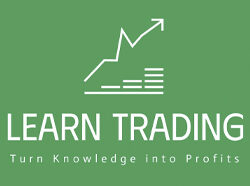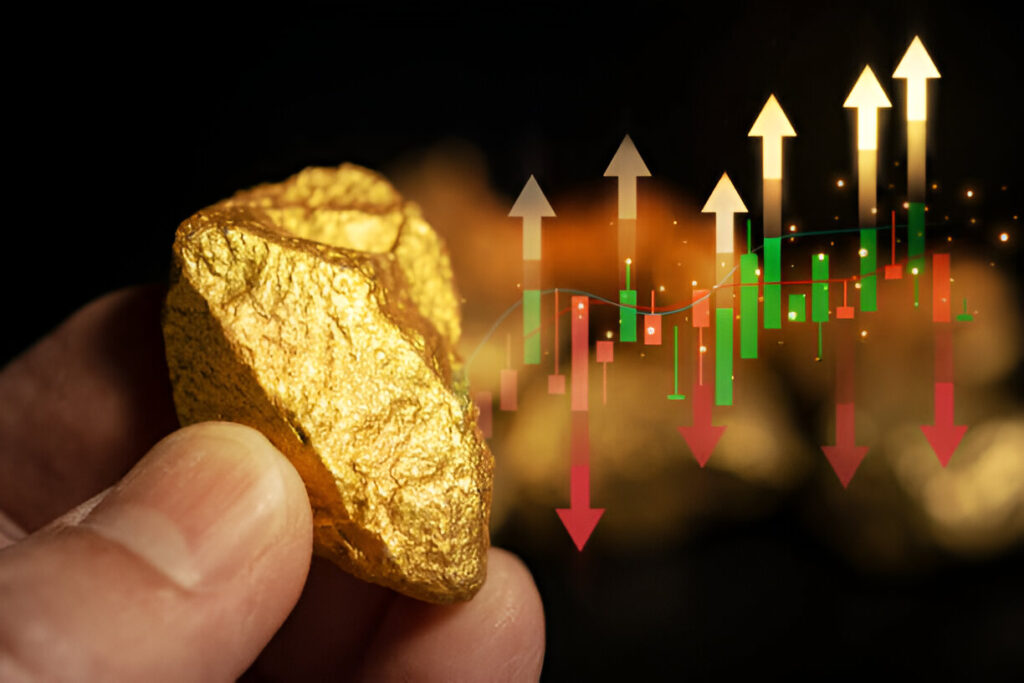By concentrating on broad economic and financial patterns that have the potential to influence a variety of asset classes, such as stocks, bonds, commodities, and currencies, global macro trading is a trading technique that concentrates on these trends. It entails having a grasp of how global events and fluctuations in the economic environment effect markets, which enables traders to capitalise on price swings across a variety of assets. Those who are interested in diversifying their portfolios by making informed, high-level investing selections based on economic analysis and market forecasts are likely to find this style of trading to be particularly intriguing.
In this course, we’ll study the essentials of global macro trading, capital management, and the many tactics that traders use to profit from these large-scale patterns.
Do you know what global macro trading is?
The primary objective of global macro trading is to forecast and benefit from macroeconomic events that have an impact on a variety of asset classes. Traders that employ this method study global events such as changes in interest rates, shifts in sovereign debt, fluctuations in currency exchange rates, and economic cycles. By utilising fundamental research, traders are able to position themselves either long or short in a variety of markets in order to capitalise on profit opportunities. These elements are the primary drivers of price fluctuations in global markets.
The key component of global macro strategy is its focus on major economic drivers. These occurrences have the potential to have an impact not only on certain nations but also on the economic landscape as a whole. Changes in interest rates in a big country such as the United States, for instance, have the potential to impact currency exchange rates and commodities trading all around the world. Traders might exploit these swings in interest rates to position themselves in assets such as fixed income or stocks.
Understanding the Key Concepts of Global Macro Trading
Capital Management
Effective capital management is critical to success in global macro trading. By managing risk and allocating capital efficiently, traders ensure they have the resources to take advantage of opportunities while avoiding catastrophic losses. Proper capital management techniques are crucial for any fund manager, especially when dealing with large, volatile movements in the market.Asset Classes
A global macro trader must have a deep understanding of various asset classes, including equities, bonds, commodities, and currencies. Each asset class behaves differently based on economic factors, and understanding these dynamics helps in crafting trading strategies that align with global market trends. For instance, a shift in oil prices could impact commodity trading, while changes in sovereign debt could affect bond markets.Interest Rates and Sovereign Debt
Interest rates are one of the most influential factors in global macro trading. Central banks’ decisions regarding interest rates impact the cost of borrowing, affecting everything from consumer spending to corporate investments. Interest rate movements can also alter currency exchange rates, as higher rates tend to attract foreign investment. Sovereign debt, on the other hand, can provide insight into the health of an economy. Countries with high levels of debt may face challenges in servicing that debt, leading to currency devaluation or rising bond yields.Discretionary Macro
Discretionary macro trading involves the use of judgment and intuition to interpret economic data and forecast future market movements. Unlike systematic trading strategies that rely on algorithms and models, discretionary macro traders make decisions based on current events and broader economic indicators. For example, a discretionary trader might observe shifts in global political stability or geopolitical events and adjust their positions accordingly.
Trading Strategies in Global Macro Trading
Fundamental Analysis
At the core of global macro trading lies fundamental analysis. This approach focuses on understanding the underlying economic factors that drive market movements, such as inflation, GDP growth, employment rates, and geopolitical events. A fund manager using global macro strategy will often conduct in-depth research on a country’s economic health, its fiscal and monetary policies, and its place in the global economy.Long or Short Positions
One of the simplest aspects of global macro trading is deciding whether to go long or short on an asset. A long position means that a trader buys an asset with the expectation that its price will rise, while a short position involves selling an asset that the trader does not own, betting that its price will fall. These positions can be taken in various asset classes, including stocks, fixed income, and commodities.Price-Based Trading
Price-based trading focuses on the price movements of an asset rather than underlying fundamentals. This strategy involves identifying technical patterns and trends in the market, often using chart analysis to predict future price movements. Price-based trading can complement macroeconomic analysis by providing entry and exit points based on market sentiment.Macro Trading in Commodities
Commodity trading is a significant component of global macro strategy. Commodities such as oil, gold, and agricultural products often react to global economic trends, geopolitical events, and supply-demand shifts. For instance, a global recession might reduce demand for oil, causing prices to fall. Conversely, a major geopolitical conflict could lead to higher oil prices due to concerns over supply disruptions. Understanding these dynamics allows traders to position themselves accordingly in the commodity markets.
The Role of Hedge Fund Managers in Global Macro Trading
Hedge fund managers often employ global macro trading strategies to capitalize on large-scale market trends. These managers oversee large funds and have access to significant capital, which allows them to take substantial positions in global markets. Hedge funds are able to diversify across various asset classes, such as fixed income, currencies, and equities, to spread risk and maximize returns.
Global macro hedge funds, in particular, focus on betting on global events that will drive economic or market changes. Hedge fund managers who utilize global macro strategies rely on both technical analysis and fundamental insights to make investment decisions. These hedge funds can have a significant impact on the market due to their large positions and high liquidity.
Types of Global Macro Strategies
There are several types of global macro strategies that traders and hedge fund managers use:
Systematic Global Macro
Systematic global macro strategies rely on computer models and algorithms to predict market trends based on historical data. These models analyze vast amounts of economic and financial data to identify patterns that suggest future price movements. While systematic strategies are data-driven, they still require a solid understanding of the global markets and economic conditions.Discretionary Global Macro
As mentioned earlier, discretionary macro trading relies on the trader’s judgment to assess global events and make decisions based on their interpretation of economic and market conditions. This strategy often involves taking significant positions based on the trader’s outlook on the global economy, political events, and economic indicators.Trend Following
Trend following is a strategy that involves identifying the prevailing market trend and positioning oneself to benefit from it. Traders who follow this approach will go long on assets that are trending upwards and short on assets that are trending downwards. Trend following strategies can be applied across different asset classes, including commodities, fixed income, and currencies.Event-Driven Macro
Event-driven macro trading focuses on taking positions based on specific events or catalysts that are expected to have a large impact on the markets. These events could include central bank meetings, elections, economic reports, or geopolitical crises. By forecasting the potential effects of these events, traders can position themselves to take advantage of the market reactions.
Conclusion: Building a Successful Global Macro Trading Plan
Successful global macro trading requires a blend of market knowledge, technical skills, and capital management. By carefully analyzing global markets and economic indicators, traders can develop informed trading strategies that anticipate market movements. Whether trading long or short, leveraging fundamental analysis or focusing on price-based strategies, global macro trading offers an exciting opportunity for those willing to navigate the complexities of the global financial landscape. By incorporating risk management techniques and utilizing a diversified approach across multiple asset classes, traders can achieve profitable outcomes in the dynamic world of global macro trading.



